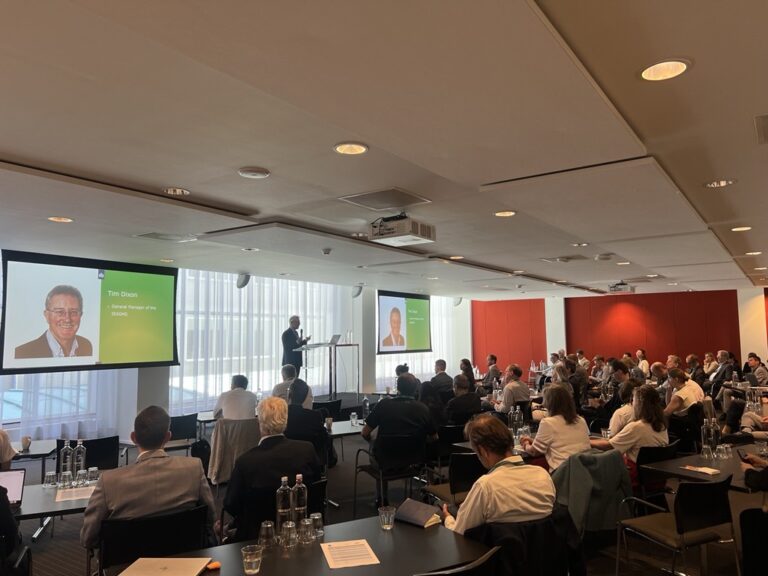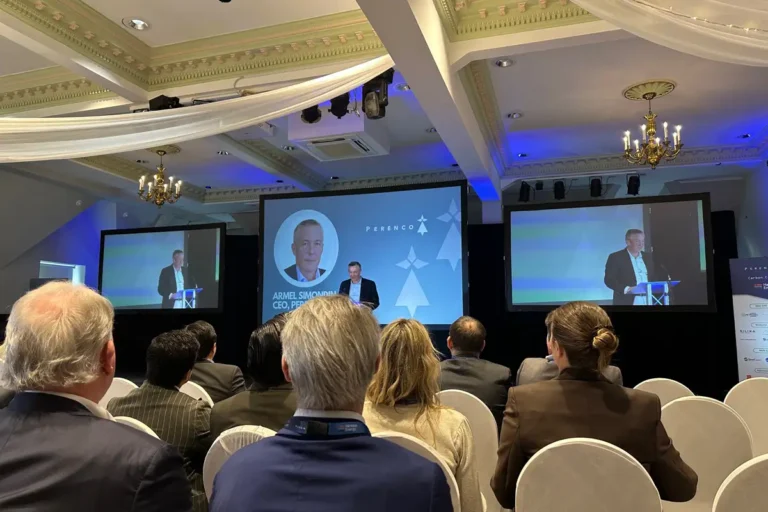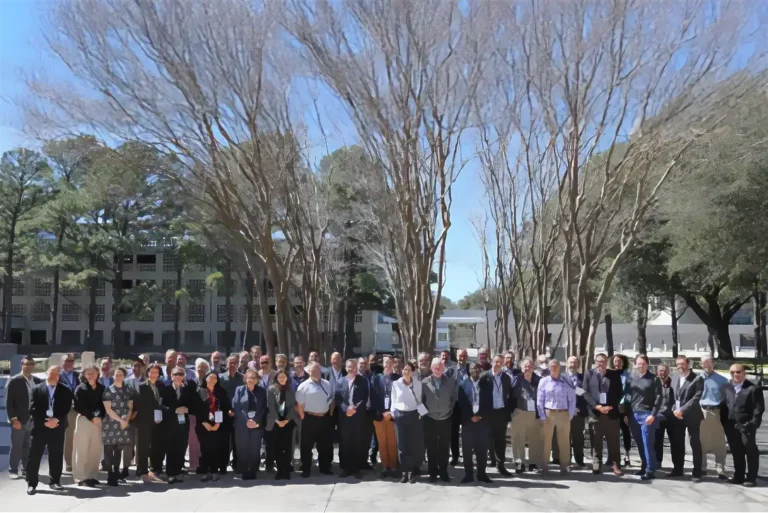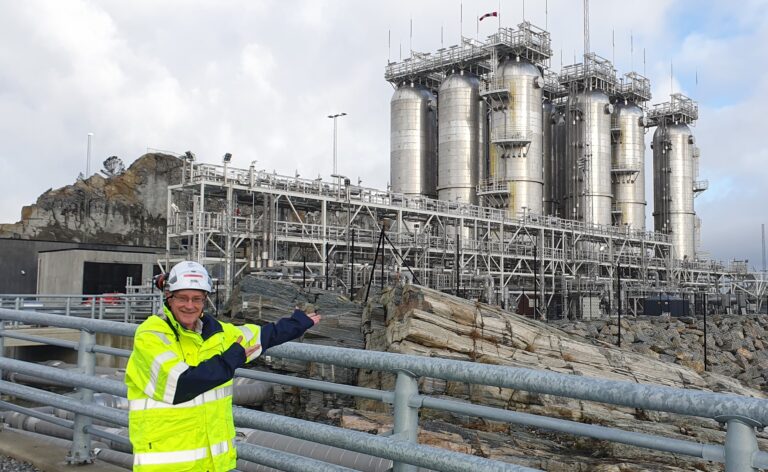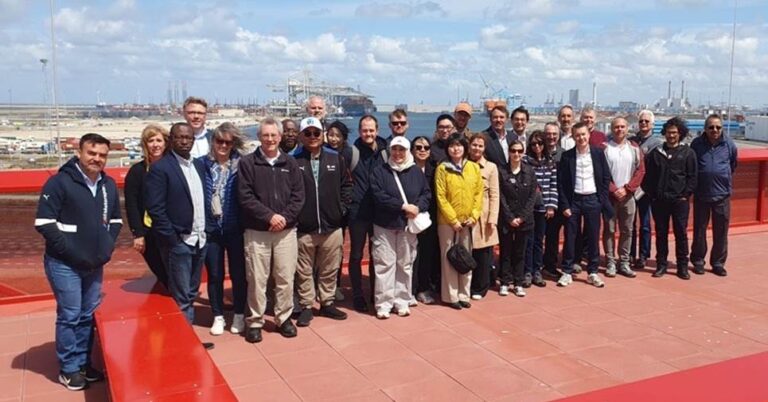
India’s Carbon Management Revolution: Key Insights from the IITB-IEA CCUS and CDR Workshop
6 March 2025

From 21-23 February 2025, the Expert Level Workshop on Advancing Carbon Capture, Utilisation, and Storage (CCUS) and Carbon Dioxide Removal (CDR) took place at IIT Bombay, bringing together leading experts, policymakers, and industry leaders to discuss the future of CCUS and CDR in India. The event, hosted by IEA and IIT Bombay, showcased India’s accelerating momentum in carbon management.

CCUS No Longer a Fringe Discussion in India
For many years, CCUS in India has been viewed with scepticism, largely due to cost concerns and an overemphasis on utilisation over storage. However, as Dr. V. K. Saraswat, a senior member of NITI Aayog, highlighted in his keynote address, these perspectives are changing. India is now actively working on a National CCUS Mission, which will provide the necessary policy and regulatory frameworks to scale up deployment. His remarks were particularly significant given NITI Aayog’s influence in shaping India’s climate policies.
One of the workshop’s most significant achievements was bringing together key stakeholders from cement, steel, coal, oil and gas, and government representatives under the same roof. This unique collaboration fostered vital discussions on how industries and policymakers can work together to scale up CCUS deployment in India. Industry leaders emphasised the need for joint efforts in building a viable CCUS ecosystem, aligning regulatory frameworks, and securing investment to accelerate carbon management strategies.
Major Takeaways from the Workshop:
- Financial Backing for CCUS – A proposed Carbon Capture Finance Corporation (CCFC) could fund projects via carbon bonds, climate funds, and a targeted clean energy tax, with an estimated $25 billion needed by 2050.
- Key Industries Taking the Lead – Cement, steel, and power sectors are already running CCUS pilots. The industry panel reinforced that scaling up these efforts will require significant investment and government support.
- India’s First CCUS Atlas – Prof. Vikram Vishal and his team at IIT Bombay have been developing an initial CCUS Storage Atlas for India, providing a much-needed foundation for storage site appraisal.
- Growing Focus on CO₂ Storage – Until recently, storage had taken a backseat, but geological sequestration is now becoming a priority. Experts discussed the potential for storage clusters in India’s four major regions, particularly basalts in the Deccan Traps and coal seams in eastern India.
- Coal is Still a Factor – Even in 2070, coal is planned to contribute 10% of India’s power mix. CCUS will be essential to decarbonising the sector. A major revelation was the storage potential of Jharia Coalfield, with an estimated 4,459 Mt of storage capacity.
International and Industry Perspectives: Aligning India with Global CCUS Efforts
The workshop featured several international experts, reinforcing the global importance of India’s CCUS efforts. Notable participants included Dr. Neelima Alam (DST, India), Dr. Prabhakar Thakur (Directorate General of Hydrocarbons, India), Prof. Ipsita Gupta (Louisiana State University, USA), Dr. Ankush Singh (Resfrac, USA), Mr. Harshul Khandelwal (ExxonMobil), Prof. Tushar Sharma (Rajiv Gandhi Institute of Petroleum Technology, India), and Mr. Scott Matthies (High Commission of Canada). Their perspectives highlighted lessons from international projects, regulatory frameworks, and funding mechanisms to scale up CCUS efforts in India.
The workshop also featured international CCUS representatives, including Dr. Keith Burnard representing the IEAGHG, UK, Mr. Jonathan Pearce and Mr. John Williams from the British Geological Survey, Mr. Hans Westerhof (remove) and Mr. Ranjith Narayanasamy CEO, Petroleum Technology Research Centre, Canada. Discussions emphasised that India is not alone in its CCUS journey—global partnerships, funding mechanisms and best practices can accelerate deployment.
- Bridging the Policy Gap – India’s CCUS Mission is expected to launch within the next six months, providing much-needed regulatory clarity.
- New Focus on Coal Seam Storage – Given India’s rich coal mining history, coal bed storage (without enhanced CBM extraction) is gaining traction as a viable long-term solution.
A Defining Moment for India’s CCUS and CDR Landscape
With the National CCUS Mission on the horizon, industrial pilots scaling up and global partnerships taking shape, the IITB-IEA workshop marked a major milestone in India’s carbon management strategy.
Day 1: Laying the Foundation for CCUS in India
The workshop opened with a strong message from Dr. V. K. Saraswat (NITI Aayog), who emphasised that India’s National CCUS Mission is no longer a distant vision but an imminent reality. His keynote address highlighted the urgent need for policy frameworks to support large-scale CCUS deployment.

A deep dive into global CCUS trends followed, with Keith Burnard (IEAGHG) outlining lessons from successful international projects, while Jonathan Pearce (BGS) emphasised the role of regulatory certainty and cross-border collaboration in driving CCUS adoption.

The day also featured the Science and Technology Perspectives Panel, moderated by IEAGHG’s Frank Thomas. Panelists, including experts from MIT, SINTEF, and India’s Department of Science and Technology (DST), tackled a crucial question: Why do so many CCUS projects succeed in models but struggle in real-world implementation? The discussion highlighted key gaps in technology readiness, financial incentives and policy alignment—all of which India must address to move beyond pilot projects.

The day concluded with a Scale-up Challenges Panel, where industry leaders from NTPC, ONGC, and BPCL shared their perspectives on CCUS commercialisation. The key takeaway? While CCUS is technically feasible, financing and commercial viability remain the biggest hurdles to widespread adoption.
Day 2: The Road to Large-Scale Deployment
The second day shifted focus to the technical, economic, and policy aspects of CCUS, addressing how India can build a sustainable carbon management ecosystem.
The Geological Storage Panel, featuring experts from Texas A&M, ExxonMobil and Tata Steel, explored India’s evolving CO₂ storage potential, with an emphasis on saline aquifers and depleted reservoirs.
Later, in a session moderated by Frank Thomas (IEAGHG), panelists from MIT, SINTEF, and IIT Bombay dissected the real-world challenges of CCUS projects. They underscored the need for transparent cost models and accurate life-cycle assessments (LCA) and techno-economic analyses (TEA) to support investment decisions.
Financing remained a dominant theme in the CCUS Ecosystem Panel, where Frank Thomas joined experts from Reliance Industries, Carbon Markets Association, and PTRC Canada. The panel examined innovative funding mechanisms—including carbon bonds, climate finance, and a proposed Carbon Capture Finance Corporation (CCFC)—to unlock the estimated $25 billion investment needed by 2050.
Day 3: The Future of CDR in India
On the workshop’s third day, Professor Vikram Vishal set the scene for the final half day of presentations and discussions devoted to CDR. He welcomed Hans Westerhof, Managing Director of remove, to give the keynote address. Based in the Netherlands, remove is an accelerator programme dedicated to early-stage CDR startups.
- A key message was that, while CCUS is an essential technology in the drive to net zero, the deployment of CDR at scale will be critical for the world to limit warming to 1.5°C.
CDR in India is a new, small, but rapidly evolving area, with multiple early-stage start-ups. Several of these start-ups were each given five minutes to describe the status of their projects. Championed by climate investors and philanthropists, these startups will play a critical, catalytic role in propelling CO₂ removal solutions forward.
Looking Ahead: A Defining Moment for India’s CCUS and CDR Journey
The IITB-IEA workshop marked a defining moment in India’s carbon management revolution. Bodies from policy, industry, and academia aligned on a shared vision: India must act now to make CCUS a central pillar of its net-zero strategy.
With the National CCUS Mission set to launch within six months, and industrial pilots gaining momentum, the next five years will determine whether India merely experiments with CCUS—or becomes a global leader in its deployment. The message from the workshop was clear:
- Storage must take centre stage—from basalts to saline aquifers, India has untapped potential.
- Finance is key—innovative mechanisms like carbon bonds and climate funds will be essential.
- Global partnerships will accelerate progress.
And Finally: …
CCUS and CDR, but particularly CCUS, are now recognised as strategic energy technologies in the higher echelons of the Indian government. India is firmly and enthusiastically developing CCUS for application both in power and industry. With IEAGHG at the forefront of global CCUS and CDR technology development, there is significant connection with India’s strategic objectives in this area.
Frank Thomas and Keith Burnard, IEAGHG
Other articles you might be interested in
Get the latest CCS news and insights
Get essential news and updates from the CCS sector and the IEAGHG by email.
Can't find what you are looking for?
Whatever you would like to know, our dedicated team of experts is here to help you. Just drop us an email and we will get back to you as soon as we can.
Contact Us Now


